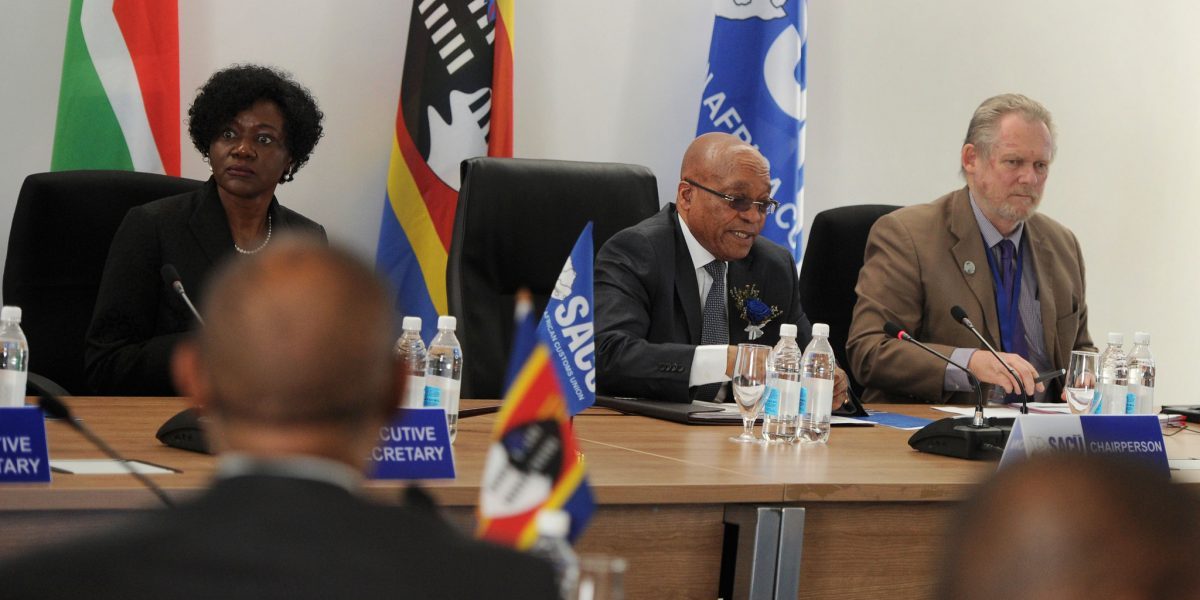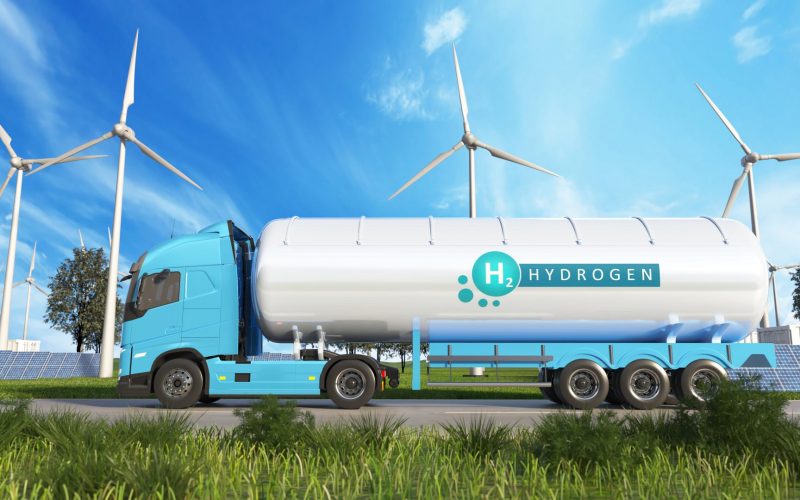It provides a wide variety of services including light, heat, powering electronics, etc. The development of a country’s electricity sector is a crucial precondition for broader economic growth and for overall economic and social development. Unfortunately, the electricity sector in the Southern African Customs Union (SACU) member states is facing chronic challenges including lack of surplus capacity, and underdeveloped power transmission and distribution infrastructure. Consequently, the economies have been experiencing high electrical power system losses, extreme voltage fluctuations and intermittent power outages which cause equipment and material damage leading to losses in production. Hence electricity’s contribution to the high cost of doing business in the region is rising.
Traditionally, power utilities in the region have enjoyed a monopolistic hold over their national electricity industry. There is a growing consensus that the monopoly has contributed to underperformance in the delivery of electricity services. The scale of capital requirements for new projects and the pressure this could place on countries’ balance sheets has elevated the importance of private participation in the sector. Hence, the general response to the unfolding crises has been to increase generation, transmission and distribution capacity by leveraging private investments, including Independent Power Producers (IPPs).
Yet, in most countries in the region, IPPs have not gained much footing. Part of the reason is that regulators generally are not politically powerful enough to take on state-owned monopolies. The single purchaser model as practiced by Eskom in South Africa, for example, provides the utility with excessive power and discourages market access. Furthermore, the lack of political will to commit to private sector involvement versus public sector goals affects whether significant private investment becomes a reality or remains an elusive target. For example, political considerations often drive the setting of prices in the consumers’ favour, hampering private sector involvement and new investments. Namibia, for example, has repeatedly made assurances that private entities will be allowed to participate in electricity distribution. However, progress on this has ground to a halt.
Electricity pricing is also a perceived barrier that stems from the region’s historically low unit price of coal and electricity, although there has been a gradual and incremental rise in electricity prices over recent years. This barrier holds strongly in the mind-set of many potential investors who argue that large scale investments cannot be justified due to the lengthy paybacks involved. The most pressing issue across all SACU member states (with the exception of Lesotho) is the failure of electricity providers to recover full generation, transmission and distribution costs. The prevalence of subsidies has been largely blamed for this.
Furthermore, it has been suggested that to avoid ‘a race to the bottom’ as countries compete with one another to attract investments and to promote economic development, harmonisation of energy policy and regulatory frameworks is essential. There is no doubt that regulatory harmonisation could be very difficult in a sector where regulation is only directed at vertically integrated government owned utilities. Still, the Southern African Development Community protocol on energy can be used to identify priority areas for regulatory harmonisation and mobilise regional efforts to address them; especially with respect to issues that cut across several sub-sectors in the electricity industry. Obviously this is a tall order, but a necessity if a viable regional market is to be created and significant private sector involvement is to be realized.
The regulators in the region are still hindered by issues such as a lack of clear government policy and proper legislative frameworks to guide their participation in a competitive electricity market. For example, regulations on the export and import of electricity are not well developed and licensing regimes are inadequate. Furthermore, there is still no clarity on cross-border tariff issues (especially wheeling charges), while uncertainty regarding third-party access to existing infrastructure still reigns. These obstacles at the national level are replicated at the regional level as IPPs seeking to supply power to other countries still encounter those countries regulatory frameworks If these challenges are not addressed it will be of little use, for example, to have IPPs being able to compete internally in Swaziland, but the real market is in South Africa which is not accessible because Eskom does not allow access to its networks. Consequently, the Regional Energy Regulators Association has a role to play in supporting national regulators to open up domestic markets and thereby enhance regional expansion in electricity trade.
Liberalization in electricity services sub-sectors should be supported by an appropriate legal framework in order to prevent abuses in deregulated markets and protect domestic consumers, while ensuring transfer of technology and the development of domestic competitive supply capacities. Appropriate incentives such as lowering entry requirements and other tax exemptions should be enacted to encourage regional investment in the sector.






